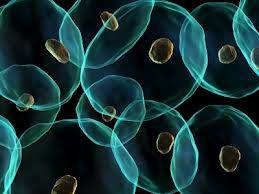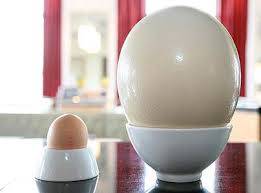The smallest unit of life is a cell.
It is the smallest unit that is classified as a living thing, and is the functional unit of all known living organisms. This is why it is sometimes known as the building block of life.

The cell was discovered by Robert Hooke.
Some organisms are unicellular which means they are made of only one cell, for example most bacteria. Humans and the majority of other organisms are multicellular, which means they are made up of lots of cells. Humans have about 100 trillion cells!
A typical cell is 10 µm but some are as big as 135 µm or as small as 4 µm. The biggest known cell is an unfertilised ostrich egg.

The term 'cell' comes from the latin 'cella' meaning small room, and was coined by Robert Hooke as he compared the cell to the small room that monks live in.
Cell theory has three components:
- Every living organism has at least one cell
- A cell is the smallest unit of life
- Only living cells can give rise to new cells